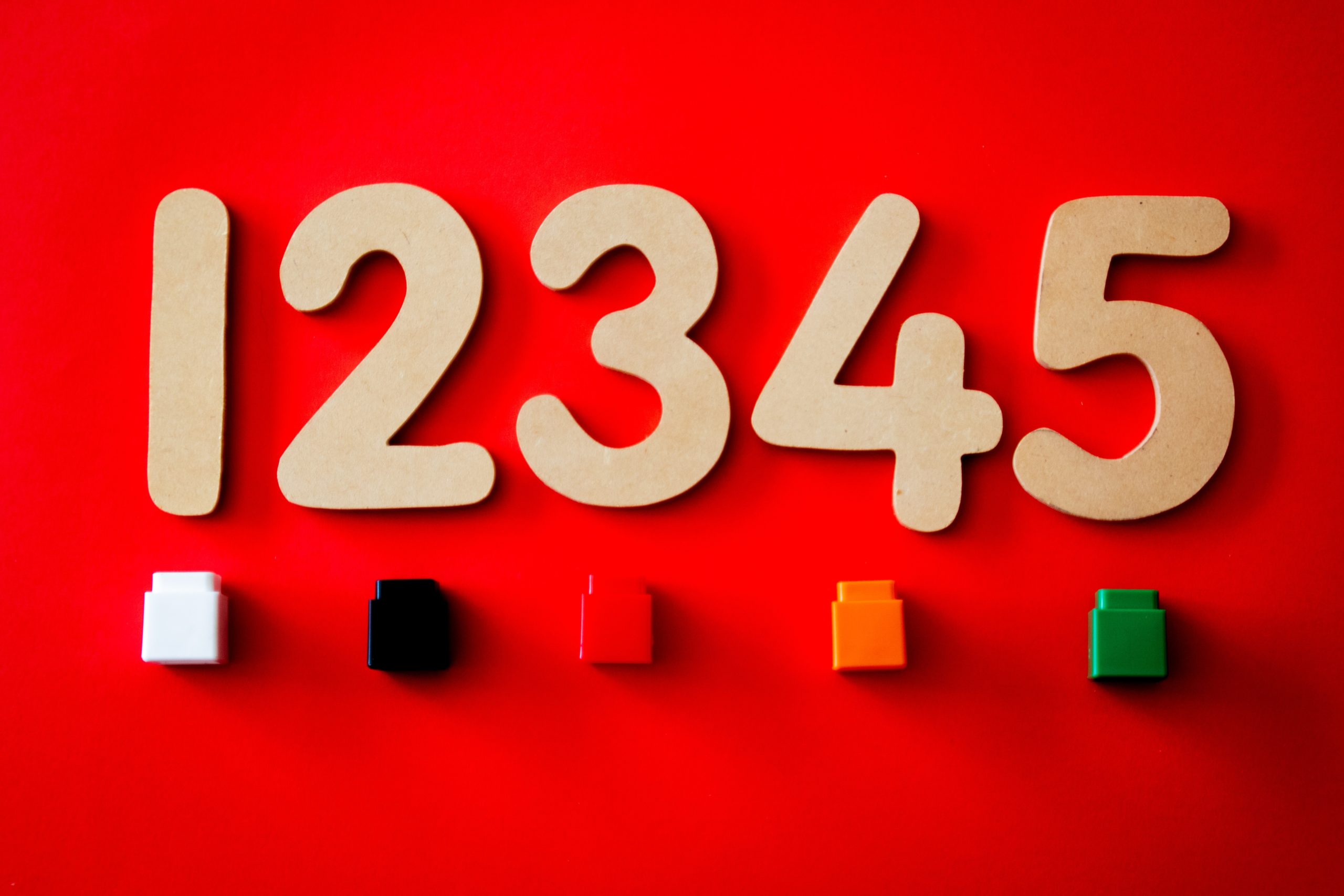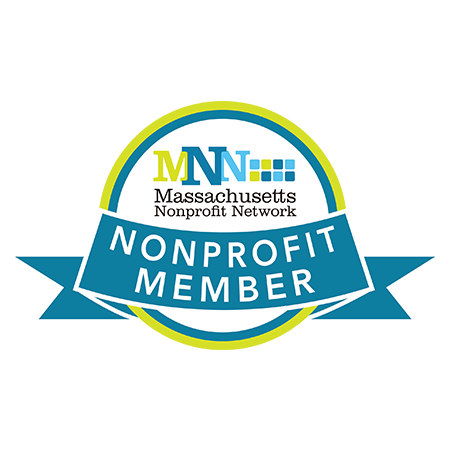 There are many situations where students try to decide the right action to take but might not think through the most appropriate action. For example, maybe they feel inspired to take a stand on behalf of a classmate, but they haven’t thought through the most appropriate action based on the exact situation.
There are many situations where students try to decide the right action to take but might not think through the most appropriate action. For example, maybe they feel inspired to take a stand on behalf of a classmate, but they haven’t thought through the most appropriate action based on the exact situation.
No matter the situation, one tool that can help students decide an appropriate course of action is scaled responses. Described, scaled responses are five potential actions that are each put on a scale of 1-5, where the #1 item is the absolute minimum action, and the #5 item is the most extreme action. Let’s look at an example to bring this concept to life.
“Well, it was a #5+++!” said my student as he walked in the door describing an interaction with a teacher over being too loud in the hallway. True, he was too loud. He often is, and it is equally valid that the teacher who ‘came in at a #5+++’ often tells the student to move through the halls quietly with increasing frustration. The frustration was understandable for both. The teacher says the same thing repeatedly and doesn’t see any change. He feels disrespected and sees the student as rude. When asked, the teacher reflected that he probably responds to this student just by seeing him in the hallway, and the student enters that hallway every day coming from lunch which he rushes through to join friends for a fierce game of basketball. With adrenaline high and serotonin pumping from the rigor of the game, he is an energy force, and the last thing on his mind is being quiet in the hallway.
By Friday afternoon, the teacher and student are tired and feeling the stress of the busy two weeks. Approaching the hallway with the usual adrenaline, the student sees the teacher. Before the teacher can speak, the student shouts, ”I KNOW, BE QUIET IN THE HALLWAY,” adding “Right?!?!” Although he is typically boisterous, it is often with excitement, not with the anger and sarcasm expressed in his question.
Why would the student say ‘it was a #5’? Because we discussed scaled responses. See the outline below:
Scaled responses
- Discussed proactively, they allow for creativity and experiential learning through role-plays, etc. They can also be used in the moment, by asking a student if they are at a #5, what might a #4 look like, and how would it sound?
- Plot #1 and #5 first, before exploring the #’s 2-4.
- Go from the absolute minimum response to the extreme maximum.
For example, this student might say his scaled responses are:
- #1 is doing nothing, and #5 is blowing up
- #2 is changing the subject (tell the teacher a joke)
- #3 is asking a friend to remind him to be quieter
- #4 is asking for help
The teacher would have his own scaled responses, where he might say:
- #1 is doing nothing, and #5 is giving a detention
- #2 is telling the student the rules and asking what the student needs to follow them
- #3 is switching time in the hall with another teacher to allow time for cooling off
- #4 is asking for a meeting with the student and advisor
Scaled responses can be as tiny as asking “What would a #4.5 look and sound like?” and they are best supported with questions such as “How would we know you need help?”
Imagine that.
In scenarios like this, I ask students and adults to imagine a new layer to the story to see if that changes the response.
- Imagine the student in this situation has severe Attention Deficit Hyperactivity Disorder (ADHD). Their forgetting is not disrespectful, but is a symptom of ADHD; does that change how you view the student? If so, how might this information shift your responses?
- Imagine the teacher has recently experienced several highly stressful events in his life. Does that change how you view the teacher? If so, how might it shift your responses?
Scaled response activities and scenarios are fantastic for co-creation with students. Practicing them helps to translate the skills to real-life situations. Scaled responses are proactive skills, reactive (in the moment), such as by asking “How can I help you move from a #5 to a #4?,” and responsive (learning afterward) by asking “If we could do it again, what is needed to come in at a #3?”
About Jen:
Jen Cort is a diversity, equity, inclusion, and justice consultant working with schools and organizations. As principal and counselor to all ages. Jen works with groups to create sustainable and systemic change and live out their diversity and inclusion missions. Her goal is to create spaces where students, and all community members, can be seen and heard while learning to be visible and use their voices in productive ways.
Jen has presented at national conferences and hosts a diversity institute that is a frequent contributor to publications. She is quoted in Racing Toward Diversity, Insights, Friends Journal, NAIS Independent Journal, Washington Post, Boston Globe, New York Times, etc. Jen is the host of an internationally syndicated podcast, “Third Space With Jen Cort,” and the author of HUBs Help Us Begin Mindsets and Strategies.



